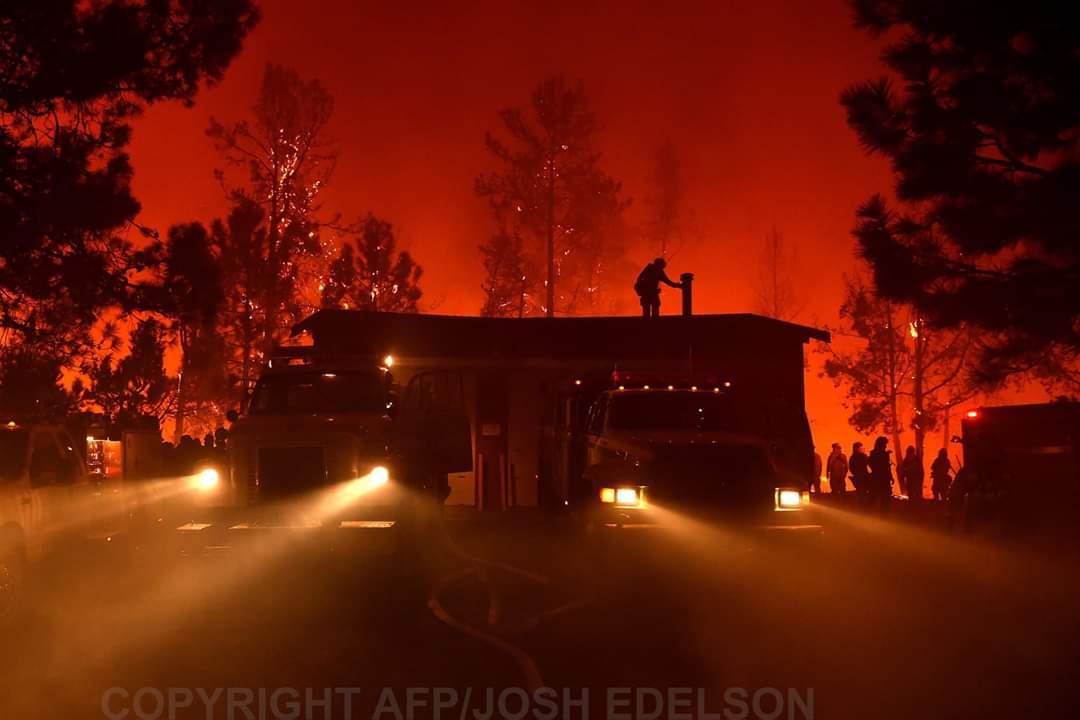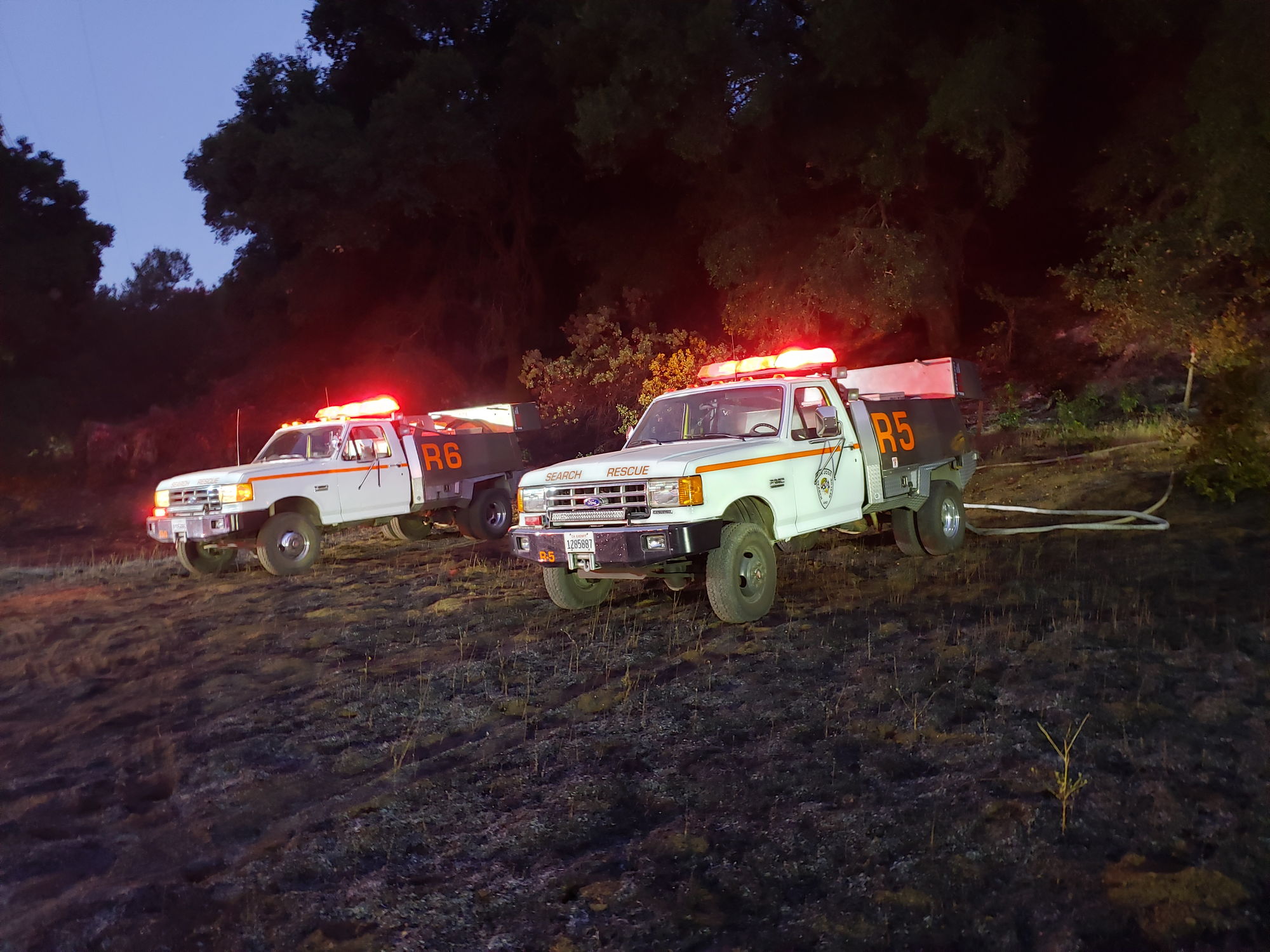Guys,
I'm getting two new poly 3000 gallon tanks installed soon. They'll be replacing a single 5000 gallon steel tank that is probably 50 years old. Access to the pad is limited, and that's why I'm doing two tanks I can roll up the hill to the site. The pad is about 30 vertical feet above the ground level of the house, and probably 90 feet away as you walk. The house has a pressure pump and tank that works pretty well.
What would you recommend in terms of any features at the tank area? Right now I'm planning on having a single 3" male NPT port on a ball valve for fire use. I can gravity feed down the hill to my driveway where I keep a Type 6 Engine (Brush Rig) that I can pump high pressure water anywhere in the neighborhood.
Just wondering if there's any features or materials you'd recommend I use. The plan is to use mostly UV resistant grey PVC for the connections except for the fire nipple. That will be galvanized steel.
I'm getting two new poly 3000 gallon tanks installed soon. They'll be replacing a single 5000 gallon steel tank that is probably 50 years old. Access to the pad is limited, and that's why I'm doing two tanks I can roll up the hill to the site. The pad is about 30 vertical feet above the ground level of the house, and probably 90 feet away as you walk. The house has a pressure pump and tank that works pretty well.
What would you recommend in terms of any features at the tank area? Right now I'm planning on having a single 3" male NPT port on a ball valve for fire use. I can gravity feed down the hill to my driveway where I keep a Type 6 Engine (Brush Rig) that I can pump high pressure water anywhere in the neighborhood.
Just wondering if there's any features or materials you'd recommend I use. The plan is to use mostly UV resistant grey PVC for the connections except for the fire nipple. That will be galvanized steel.









